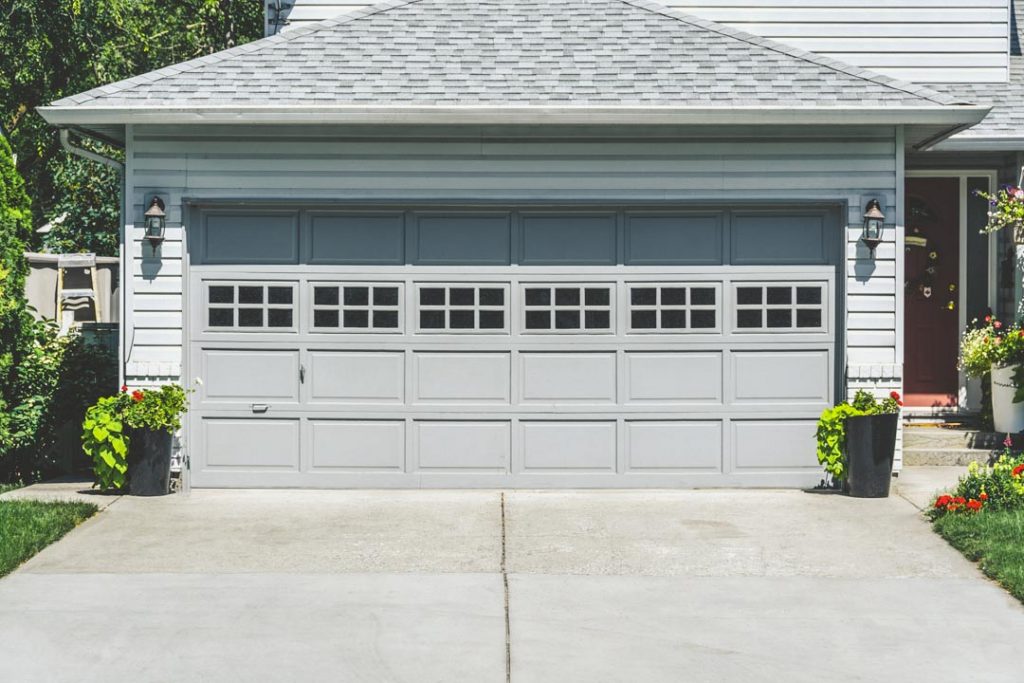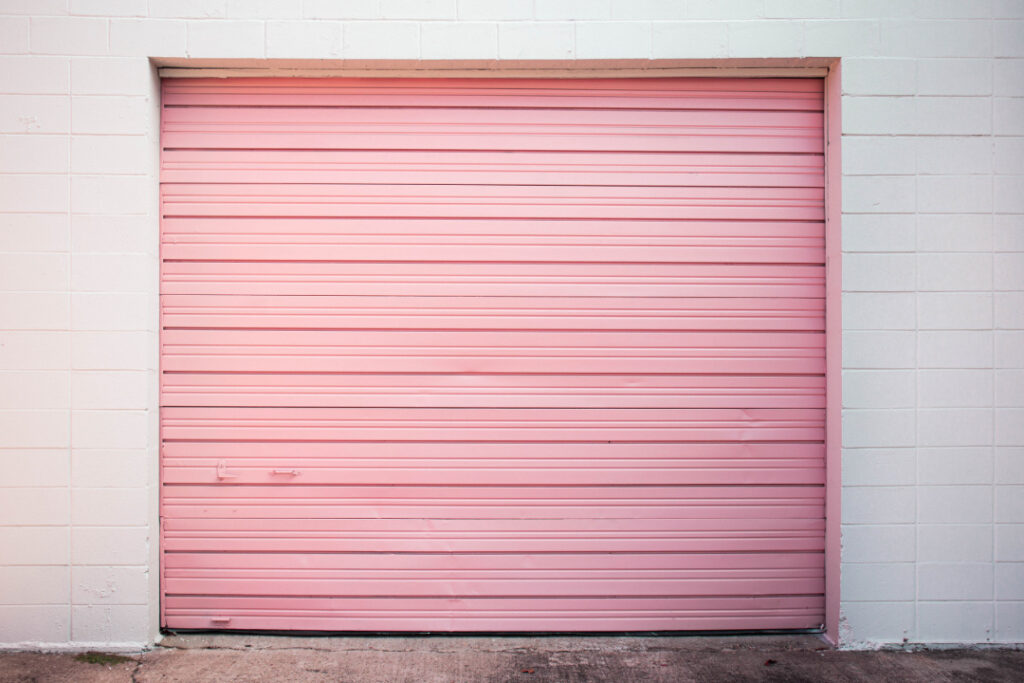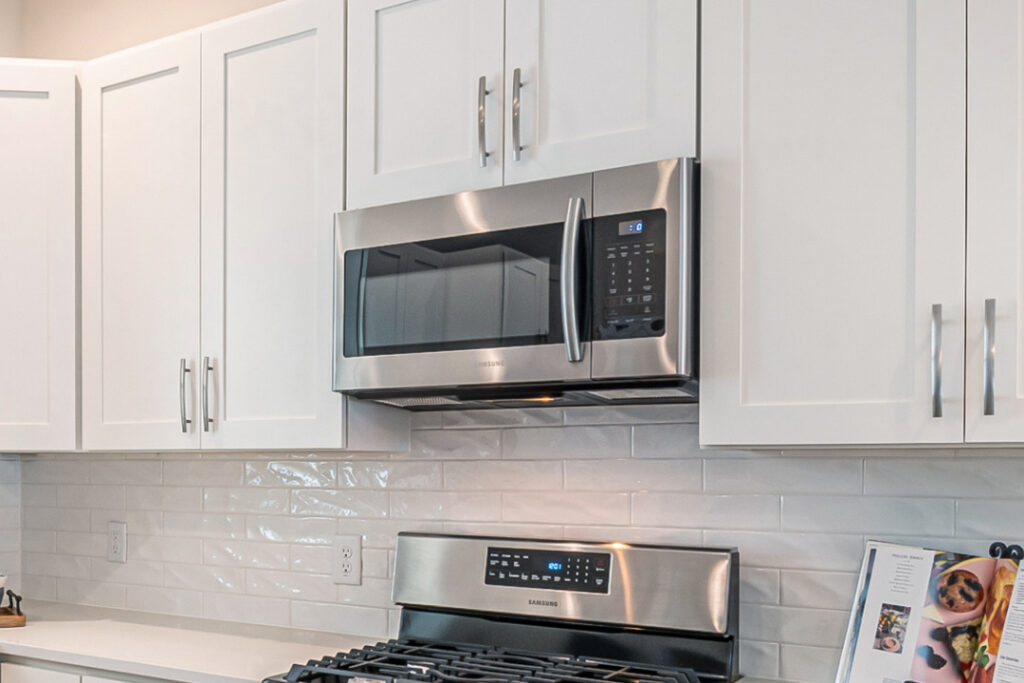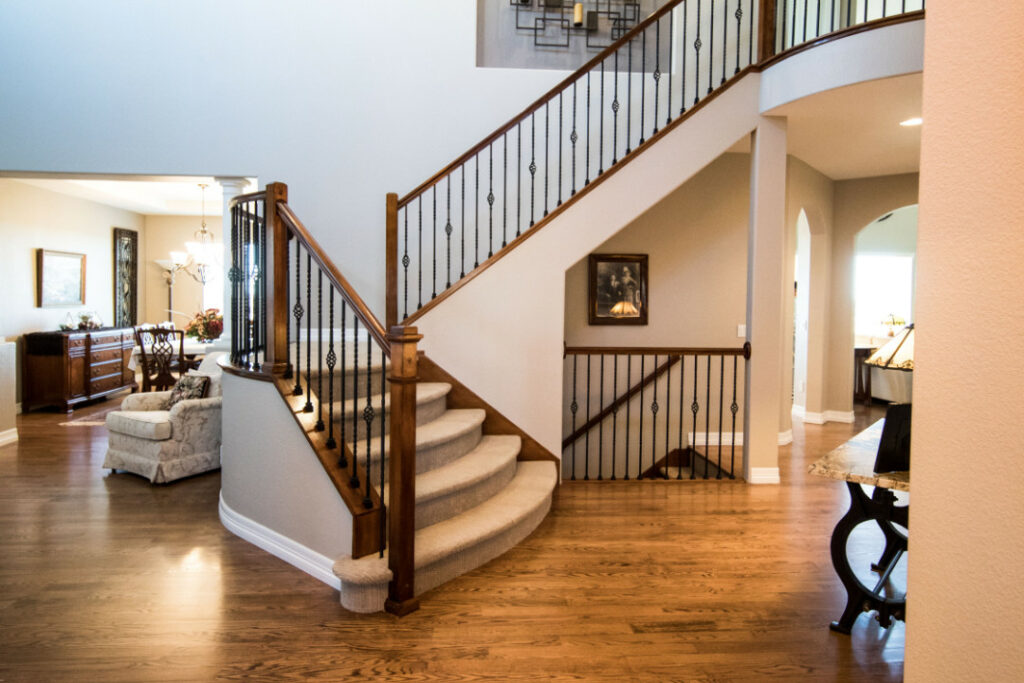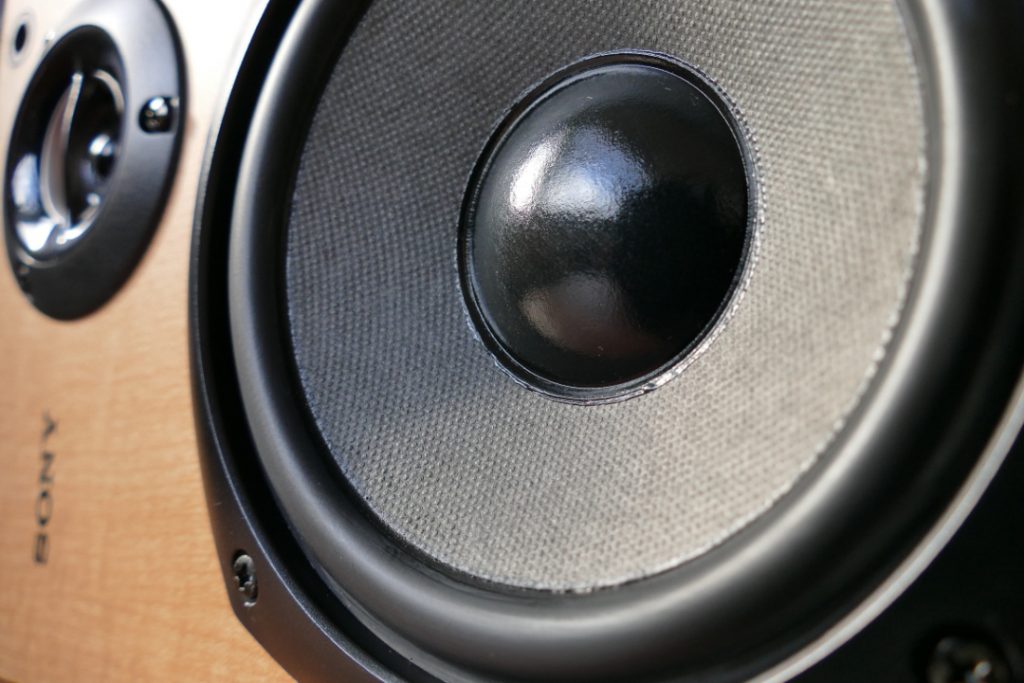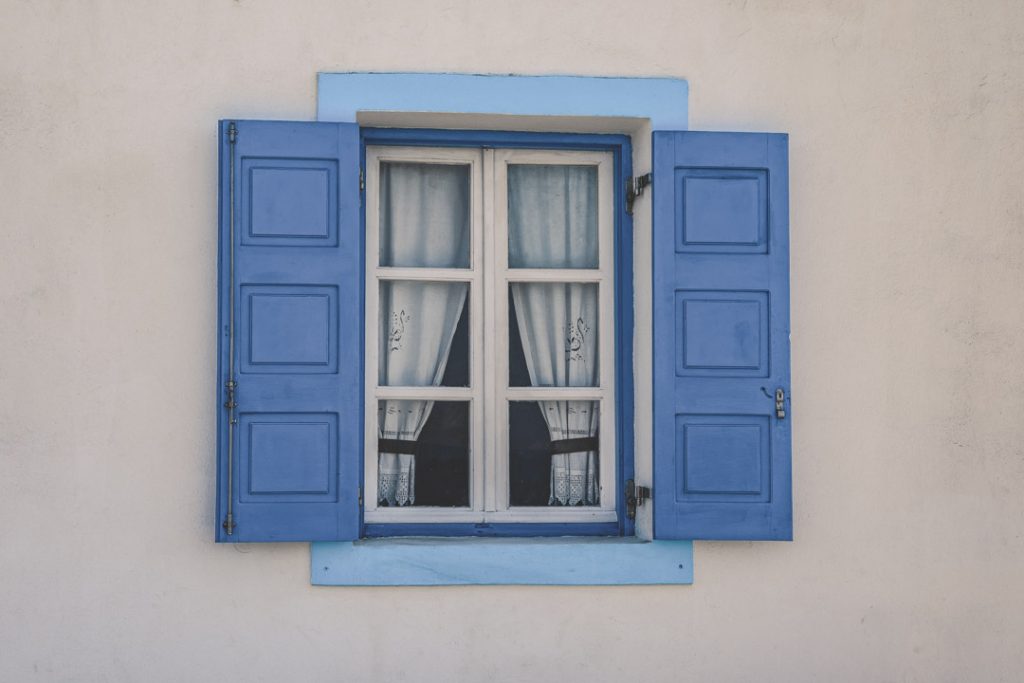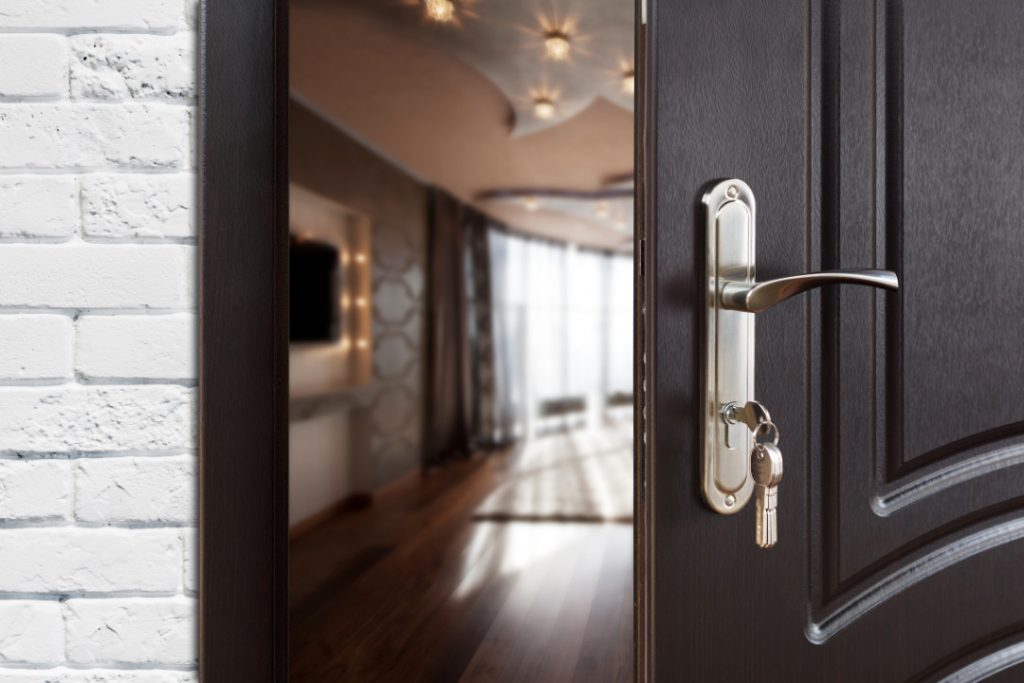Many homeowners underestimate the value of having a tightly sealed garage. After all, it typically isn’t the most used space in the dwelling. However, if you have noticed signs of pests, can see daylight from the bottom of the door, or feel excessive heat or cold in the garage, you might be considering the best way to seal garage door installations.
When correctly installed and sealed, garage doors help create a vital barrier between the elements, unwanted guests and can become an effective blocker of excessive outdoor noise. Sealing a garage door can be done in a variety of ways and still be effective. Here, we’ll explore a few of the most common approaches.
Sealing a Garage Door: Options Are Plentiful
How you choose to approach sealing garage door installations may be a matter of preference. However, it can also depend on design, style, and size. There are options that include using floor seals, bottom seals, top seals, weatherstripping, thresholds, and insulation that are fairly affordable and easy for most homeowners to handle themselves as a DIY project. Let’s discuss these options, so you can determine which is best for your situation.
Using Garage Floor Seals
One of the easiest and most affordable ways to seal a garage door is to install a floor seal around the closure zone. Often called a threshold seal, these are typically crafted from a rubberized material or a solid plastic. These seals effectively close up the gap between the floor and the garage door without resulting in the creation of a tripping hazard.
To install a floor seal, simply measure the bottom of the door and outline the installation area with a chalk line. Try to avoid using tape as a marker, as it can actually interfere with the installation of the seal itself. Once the outline is defined, install the garage floor seal according to the manufacturer’s recommendation. Once the door is lowered, installation is complete.
Sealing a Garage Door at the Bottom
If you enter your garage from the home access and see a bit of sunlight coming through, it’s likely time to replace the seal on the bottom of your garage door. Having a tight seal helps prevent rodents and an influx of dirt and debris from coming inside. Sometimes, the seal is simply worn down, but the weatherstripping here can also become askew due to foundation cracks, structural settling, or extreme weather changes.
In some cases, the gaps can become excessively large and require a whole new approach, such as a larger seal to restore it to an airtight level that a standard bottom seal cannot cover. A good way to seal the bottom of garage doors is to use a long vinyl or rubber strip that attaches to the door with glue or galvanized or aluminum roofing nails in the case of wooden doors.
However, metal garage doors tend to have a dedicated aluminum channel on the bottom edge that holds the seal in place via a u-shaped rubber gasket. Simply slide the material into the small tracks on the channel. Keep in mind, there are various heights of garage seals for bottom installation, so take measurements carefully prior to undertaking the project.
Garage Door Weatherstripping to Seal the Sides
The elements such as wind and rain can also penetrate garage doors at the side and top of the installation. This is generally prevented by the installation of weatherstripping on the side of the doors and around the molding of the door jamb. You will be able to see the light around the sides of the doors if the weatherstripping wears out, as it will no longer seal tightly to the edges of the door frame. For those with rotting or damaged doors that need replacing, installing weatherstripping can be a great temporary solution until a new door can be put into place.
There are several types of weatherstripping to consider. The most popular garage door weatherstripping comes in a roll that can be easily cut to custom lengths that will seal up the sides and top of the doors. This option is often self-adhesive and requires no special tools. However, there are some forms that are a stop molding that can resemble wood, with some types being made from one solid flange piece. These typically require cutting with a saw and are attached with galvanized or stainless steel nails to create a tight seal.
In situations where more than one door needs to be sealed, there are weatherstripping options that can individually seal the gaps between the doors. Keep in mind that older wood doors with flat edges are more likely to have gaps and leaks. In comparison, newer fiberglass and metal doors tend to have interlocking edges in place that help prevent air and noise intrusions.
Installation is relatively simple. All you need to do is push the molding toward the door, allowing the weatherstripping flange to compress against the door. Fasten the molding with the adhesive strip of nails as directed by the manufacturer’s recommendations. It is best to install molding at the top of the garage door before doing the sides to overlap for extra sealing qualities.
Seal the Top of the Garage Door
As mentioned in the previous section, sealing the top of the garage door is ideally done before adding weatherstripping to the sides. While it is not an essential component of garage door sealing, adding a bit of stripping to the uppermost area can add additional soundproofing and protection from the elements. Follow the same procedure to seal the top for the sides and in between multiple doors. You should notice improvements in the temperatures in the garage after sealing the top. That being said, be sure to carefully put these seals on, as improper installation can damage the rollers, rails, or springs.
Garage Door Threshold Seals
Threshold seals for garage doors serve a similar function as the bottom seals, but these can be used alone or in unison with a door seal. Thresholds are generally used to keep out water and are particularly effective for garage doors with large gaps or those with a steep driveway slope. Most homeowners choose to use a high-quality vinyl threshold seal that will last for years. These seals do come with challenges that include making it more challenging to remove water and debris from garages as they block the pathway out.
Insulation for Garage Doors
Just like the home itself, garage doors with insulation will hold in heating and cooling more effectively, which is a good idea for those who use the space regularly or who want to save on energy use. While many doors today come with insulation in place, it is not often in place on older doors or those of lower quality. However, it is a relatively simple process that most homeowners can handle themselves.
Before investing in garage door insulation, you will want to know about insulation R-values. The R-value of the product you choose is a measurement of how effective the insulation is. Higher R-values indicate a greater level of climate control, which depends on the insulation’s thickness, type, and density. While it is more expensive than lower R-value insulation, choosing the best you can afford will help save money in the long run on heating and cooling.
Installation of affordable fiberglass insulation or batting is relatively straightforward, and most options come in a kit that includes precut insulation, fasteners, and some oven include basic tools. You can insulate the garage door in addition to the walls and ceiling, which offers noise protection on a greater level. Anyone who lives in a noisier neighborhood or has a lot of street traffic will want to consider soundproofing a garage door with insulation.
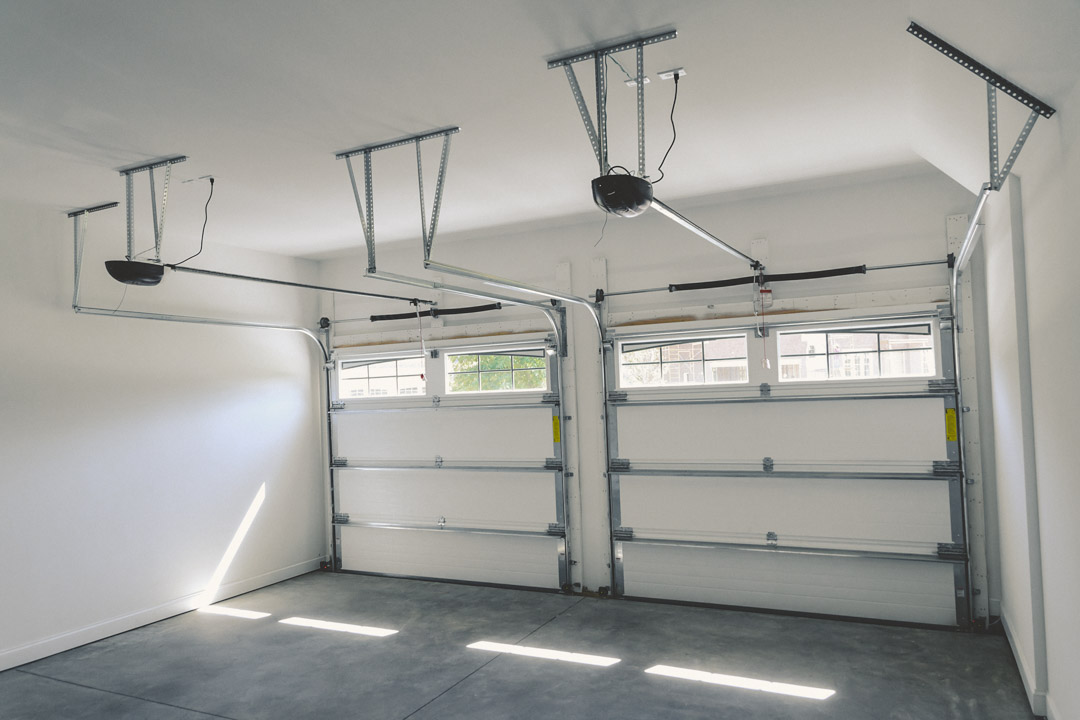
Final Thoughts on How to Seal A Garage Door From The Inside
Properly sealed garage doors keep out bad weather, debris, and unwanted pests. After sealing the garage doors, the area will be better able to retain cool air and heat so that the environment is more comfortable when in use. When the temperatures are better regulated in the garage, it can also help other rooms in the home better maintain proper temperatures. In all, this means energy savings that be as much as 20 percent for the average homeowner.
How to seal a garage door from the inside is a common question, but as you can see, there are many options and approaches to getting those gaps sealed. Remember, if you are not experienced in do-it-yourself home projects, garage door professionals can offer assistance and guidance about the best option for your home. Your wallet and family will thank you as you save money and create a more comfortable space in the garage zone and throughout the house.
How To Soundproof A Room For Drums?
How To Make A Room Soundproof From Outside Noise
how to make a room soundproof from outside noise. If you live in an apartment…
How To Quiet a Garage Door (6ways)
How To Soundproof A Laundry Room
If you’re like many people, your laundry room is in the basement. And if you’re…
How To Silence A Microwave: A Guide
We’ve all been there. You’re in the middle of microwaving something, and suddenly, you hear…
How To Soundproof Stairs
How to soundproof stairs. You may have heard “soundproofing” before, but what exactly is it?…

